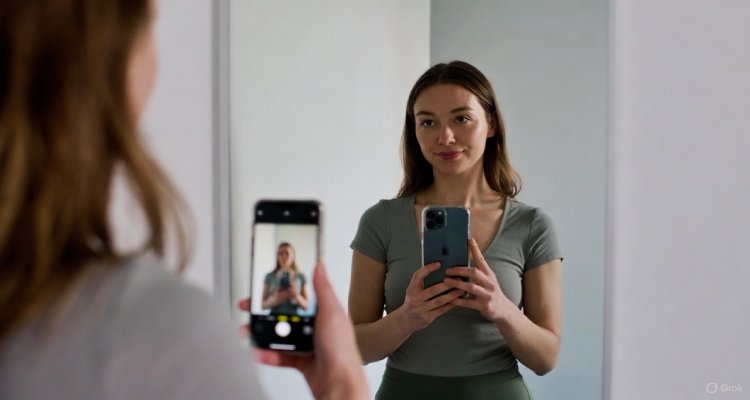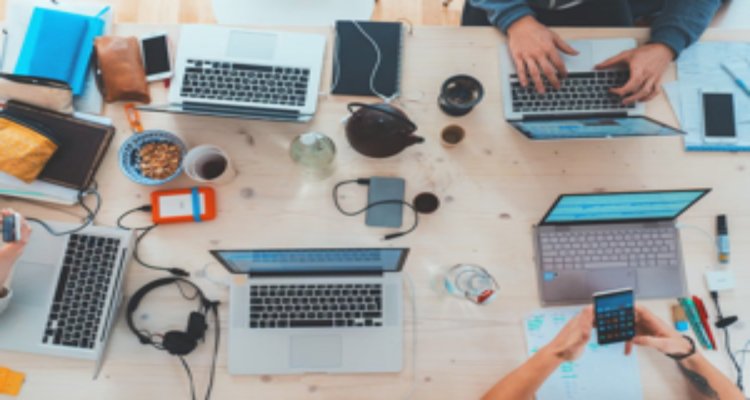Digital Minimalism 2.0: Living Offline in an Online World
As digital overload grows, Digital Minimalism 2.0 is inspiring people to unplug, reclaim focus, and find balance in an always-connected world.
Introduction: The Quiet Rebellion Against Constant Connectivity
In an age where every ping, notification, and scroll demands our attention, a quiet rebellion is taking shape. It’s called Digital Minimalism 2.0, a modern evolution of the minimalist movement that asks a simple yet radical question: What if the healthiest way to live online is to spend more time offline?
While the world continues to speed deeper into an algorithm-driven, screen-dominated reality, a growing number of individuals are choosing to step back—limiting digital noise, curating their online presence, and even logging off entirely to rediscover the value of uninterrupted living.
Context & Background: From Digital Overload to Minimalist Reset
The first wave of digital minimalism, popularized in the late 2010s, encouraged people to cut unnecessary apps, disable notifications, and reclaim attention from social media. It was a response to the overwhelming rise of smartphones, addictive platforms, and “always-on” culture.
But 2025 presents a new challenge. AI-powered feeds, immersive virtual realities, and digital workspaces have made screens inescapable. Remote work culture has blurred the lines between personal and professional life. Online shopping, socializing, and entertainment are now default behaviors.
This is where Digital Minimalism 2.0 emerges—not just about decluttering apps but rethinking our entire relationship with technology. It’s about consciously choosing when and why to connect, and more importantly, when to disconnect.
Main Developments: Living Offline by Choice
Unlike traditional digital detox trends, Digital Minimalism 2.0 is not about temporary breaks. It’s about building sustainable, offline-first habits. Examples include:
- Tech-Free Zones: Families designating certain rooms or times as screen-free to encourage real-world connection.
- Analog Hobbies: A revival of reading print books, gardening, journaling, and crafting—activities that don’t rely on screens.
- Selective Connectivity: Instead of deleting all apps, individuals now curate and use only platforms that align with personal or professional goals.
- Community Shifts: Offline meetups, book clubs, and local experiences are regaining popularity as people seek authentic connections beyond digital likes.
This shift isn’t about rejecting technology but redefining its role as a tool—rather than the center of life.
Expert Insight & Public Reaction
“Digital Minimalism 2.0 is less about abandoning technology and more about building a healthy contract with it,” explains Dr. Maya Robinson, a digital wellness researcher. “People are realizing that their attention is a finite resource, and protecting it is a form of self-care.”
Public sentiment echoes this view. On forums and social platforms, people share stories of improved mental clarity, better sleep, and stronger personal relationships after reducing screen time. For many, it’s not about fear of technology but a search for freedom from its dominance.
Impact & Implications: Who’s Affected and What’s Next
The movement has wide-ranging effects:
- For Individuals: Improved focus, reduced anxiety, and a renewed sense of presence in daily life.
- For Businesses: A challenge to digital-first marketing strategies as consumers demand less intrusive, more authentic engagement.
- For Society: A cultural recalibration, where offline values—privacy, face-to-face communication, and slow living—gain prominence.
As the online world accelerates, the offline world becomes a new luxury. Experts predict that future generations may see “disconnecting” not as a retreat but as a vital practice for maintaining balance in a hyper-digital age.
Conclusion: Choosing Balance Over Excess
Digital Minimalism 2.0 is not about rejecting progress or returning to a pre-internet era. It’s about redefining our digital choices in a way that protects mental health, fosters real relationships, and reclaims our most valuable resource—time.
In a world where being online is the norm, choosing to live offline—even partially—is the boldest statement of freedom.
Disclaimer : This article is for informational purposes only. It does not provide medical, psychological, or professional advice.











